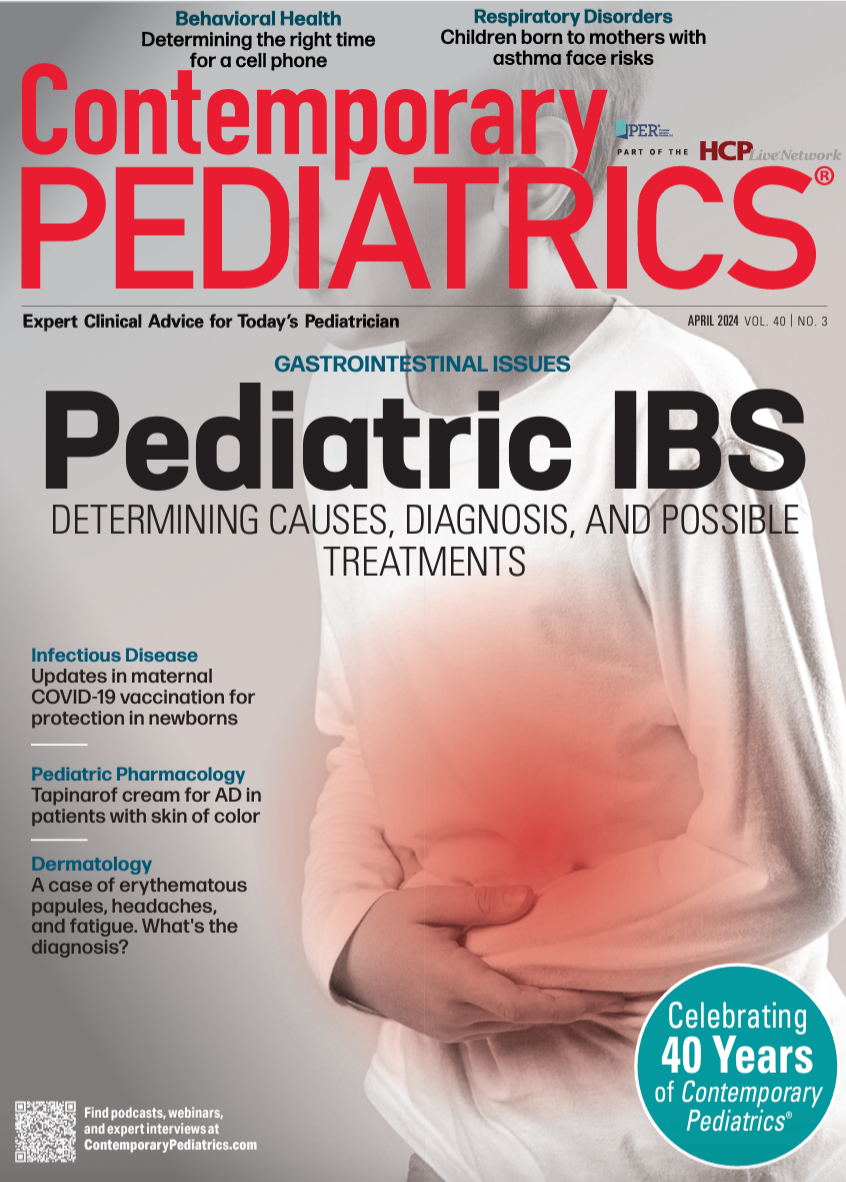Heightened risk of congenital malformations in children born to mothers with asthma
The review and meta-analysis reaffirmed previous data regarding maternal asthma and neonatal outcomes while also uncovering several novel findings.
Heightened risk of congenital malformations in children born to mothers with asthma | Image Credit: © MarekPhotoDesign.com - © MarekPhotoDesign.com - stock.adobe.com.

New findings reveal an elevated risk in infants born to mothers with asthma for developing major congenital malformations and respiratory distress syndrome, in contrast to mothers without asthma.1
These findings and others related to the association between neonatal outcomes and maternal asthma were the results of a recent literature review and meta-analysis led by Annelies L. Robijn, from the School of Medicine and Public Health at the University of Newcastle in Australia.
Prior systematic reviews had pointed to maternal asthma being linked with such outcomes as lower birth weight and even preterm births.2 Overall, the investigators sought to make updates to the available evidence related to links between maternal asthma conditions and adverse outcomes seen among neonates.
“The aim of this systematic review and meta-analysis was to update the evidence regarding the association between maternal asthma and adverse neonatal outcomes,” Robijn and colleagues wrote.
Background and Findings
The investigators’ review involved the compilation of articles including data on pregnant women diagnosed with asthma, in addition to a control group of pregnant women that were found not to have asthma. The team defined diagnosis of asthma by diagnosis by a clinician, ICD codes, or by adherence to GINA treatment guidelines.
Outcomes among neonates deemed to be of interest included respiratory distress syndrome, stillbirth, congenital malformations, neonatal mortality, neonatal hospitalization, perinatal mortality, transient tachypnea of the newborn (TTN), and neonatal sepsis. The research team determined that studies shown not to have a clear non-asthma comparison arm or ones which were not primary data-inclusive were excluded from their analyses.
The team’s strategy for their searches mirrored that of a prior systematic review and meta-analysis. They screened abstracts for inclusion through the help of 2 reviewers, and discrepancies were resolved by a third reviewer.
Extraction of data and assessments of biases were done independently through the work of 2 reviewers, and such discrepancies were ameliorated through discussion. The Newcastle-Ottawa Scale was used by the investigators to look into individual study bias, and GRADE was implemented to determine the certainty of the meta-analysis findings.
There were 18 new studies incorporated into the investigators’ research alongside the 22 studies examined in the previous review from 2013. Overall, the research team’s analysis demonstrated consistent data pertaining to the risk increases associated with maternal asthma.
Perinatal mortality risk was shown to have persisted (relative risk [RR] 1.14, 95% confidence interval [CI]: 1.05–1.23, n = 16 studies; adjusted odds ratio [aOR] 1.07, 95% CI: 0.98–1.17, n = 6). The investigators also found there was an increased risk of neonates having congenital malformations (RR 1.36, 95% CI: 1.32–1.40, n = 17; aOR 1.42, 95% CI: 1.38–1.47, n = 6), in addition to neonatal hospitalization (RR 1.27, 95% CI: 1.25–1.30, n = 12; aOR 1.1, 95% CI: 1.07–1.16, n = 3).
While these findings were noted, the team also found that previously reported risk increases of death among neonates was not shown to be statistically significant any longer (RR 1.33, 95% CI: 0.95–1.84, n = 8). Also, the investigators found that the formerly non-significant major congenital malformation risks (RR 1.18, 95% CI: 1.15–1.21; aOR 1.20, 95% CI: 1.15–1.26, n = 3) and risks of respiratory distress syndrome (RR 1.25, 95% CI: 1.17–1.34, n = 4; aOR 1.09, 95% CI: 1.01–1.18, n = 2) now had statistical significance in the analysis.
“Asthma is a common chronic condition amongst pregnant women, and the risks for adverse outcomes for both mother and baby during the perinatal period make this a significant health issue,” they wrote. “Healthcare professionals need to remain aware of the increased risks to neonates being born to mothers with asthma and the role of optimized early pregnancy care to prevent exacerbations and maximize disease control through active asthma management.
References:
- Robijn AL, Harvey SM, Jensen ME, et al. Adverse neonatal outcomes in pregnant women with asthma: An updated systematic review and meta-analysis. Int J Gynecol Obstet. 2024; 00: 1-11. doi:10.1002/ijgo.15407.
- Murphy V, Namazy J, Powell H, et al. A meta-analysis of adverse perinatal outcomes in women with asthma. BJOG. 2011; 118(11): 1314-1323. doi:10.1111/j.1471-0528.2011.03055.x.
This article was initially published by our sister publication, HCP Live.



























